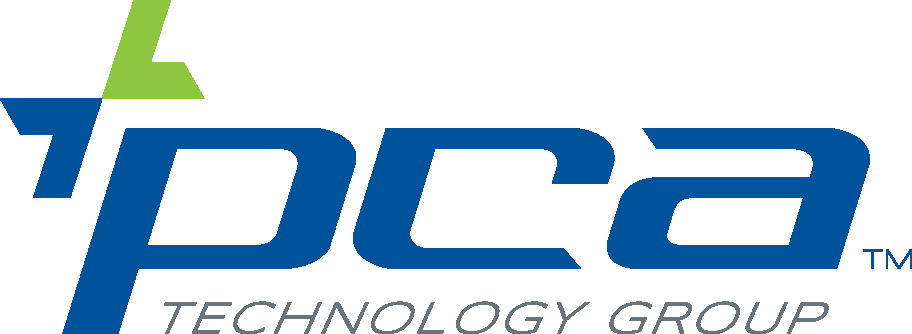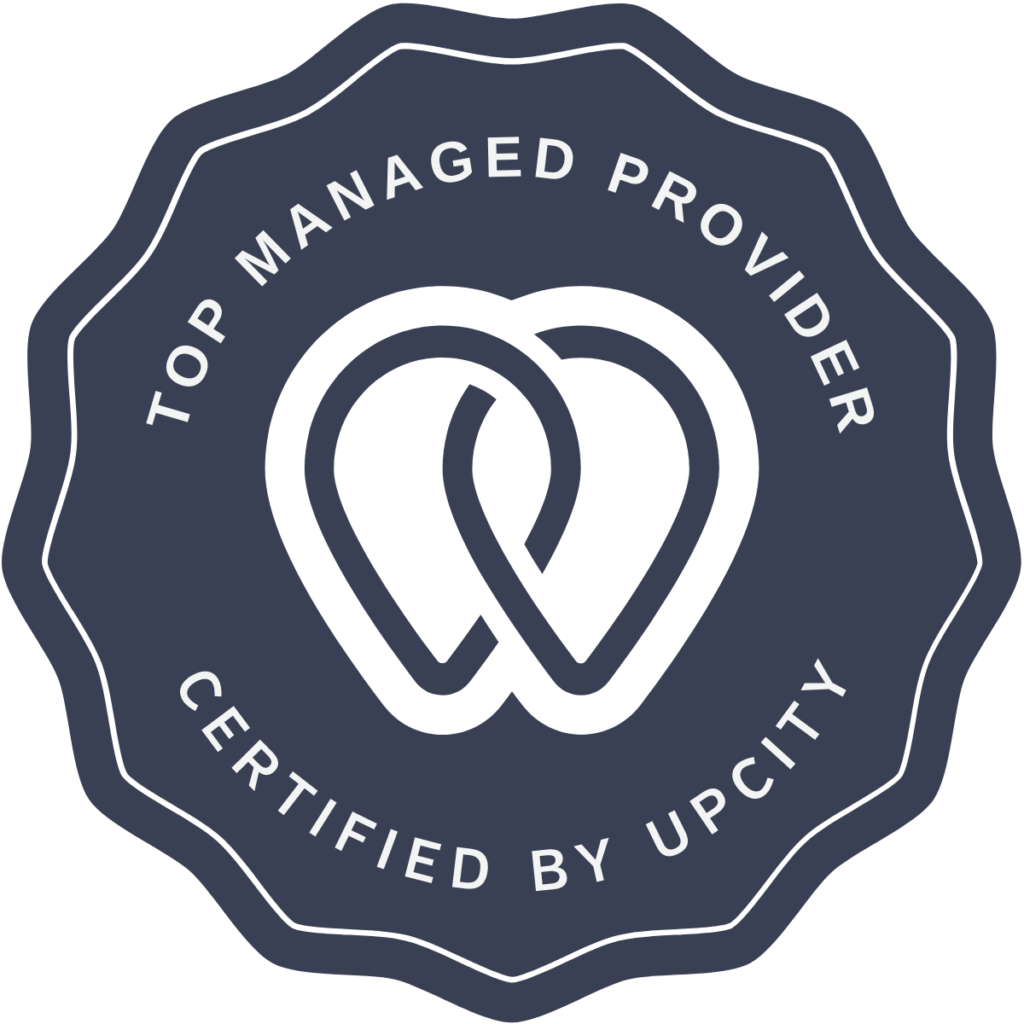The path to successful custom software is fraught with challenges, but the reward at the end is a program that is tailored to your needs and contributes efficiently to your goals. Unfortunately, many businesses, especially small ones, fall prey to common mistakes that can derail a project, increase costs, and result in software that doesn’t meet expectations.
To help keep your software projects on track, this article looks at some common software development pitfalls and how you can avoid them.
Insufficient requirements research
The mistake: One of the easiest mistakes you can make during software development is failing to gather a full list of accurate requirements from the outset. These requirements should at least include the intended purpose of the software, who will be using it and how, the projected benefits of using it, and what systems it will interact with. Failing to research these areas can lead to scope creep, misaligned expectations, and a product that doesn’t actually meet your business’s needs.
How to address it:
- Conduct thorough stakeholder interviews: Engage with all relevant stakeholders to understand their needs, pain points, and expectations. This includes not only the end users but also management, IT staff, and any other departments that will use the software.
- Create detailed documentation: Develop comprehensive requirement documents that outline every feature, functionality, and user interaction. Be sure to have any documentation reviewed by relevant stakeholders, especially your IT department or provider.
- Use prototyping: Build prototypes or wireframes early in the development process to visualize requirements. This will help you better communicate expectations and allow stakeholders to provide feedback before you get too far in the project to make big changes.
Underestimating the importance of the user experience (UX)
The mistake: If you neglect your program’s UX design, you’ll end up with software that is difficult to use, reducing your productivity and increasing frustration among your workforce. A poor user experience can also result in higher training costs and lower adoption rates, as employees will have difficulty grasping the program.
How to address it:
- Involve UX designers early: Bring UX specialists into the project at the very beginning. Their expertise in user behavior, design principles, and usability will ensure that the software is intuitive and user-friendly.
- Conduct user testing: Regularly test the software with real users at various stages of the development process. This helps identify usability issues early and allows for iterative improvements.
Ignoring project management best practices
The mistake: Poor project management can lead to missed deadlines, blown budgets, and a lack of coordination. This makes for a chaotic development process, a runaway budget, and a subpar final product.
How to address it:
- Get an experienced project manager (PM): Good PMs can ensure that development stays on track, on budget, and aligned with your business goals. If you have no experienced PMs on staff, consider hiring or contracting one.
- Set clear milestones: Define clear milestones and deliverables for your project. This provides a roadmap for the development process and helps track progress while keeping developers focused.
Inadequate testing and quality assurance
The mistake: Under-testing can lead to software that is rife with bugs, security vulnerabilities, and performance issues. This can result in a poor user experience, increased maintenance costs, and potential data breaches.
How to address it:
- Implement a detailed testing strategy: A comprehensive testing strategy that includes unit testing, integration testing, system testing, and user acceptance testing (UAT) ensures you’ve covered all the bases and won’t experience app-breaking issues.
- Automate testing: Employ automated testing tools (if applicable) to reliably conduct repetitive yet intricate tests. Automation tests are faster and less prone to human error.
- Conduct security testing: Regularly performing security testing to identify and address vulnerabilities is vital for a secure product. Perform penetration testing, vulnerability scanning, and code reviews to ensure the software is secure against modern threats.
Software development without experienced help
The mistake: Not every company has the luxury of an expert in-house development team. Unfortunately, trying to learn software development yourself or training your own team can be costly and time-consuming, while also delaying the software development process significantly. In addition, the specialized nature of software development demands a great deal of focus that could be directed toward other business initiatives.
How to address it:
- Managed IT services providers (MSP): An MSP can give you access to the skills you need without necessitating a hiring spree and the expenses that come with it.
If you need an experienced custom software development team to create a program that is tailored to your needs and goals, contact PCA Technology Group. We’re Buffalo’s premier MSP, with 35 years of experience serving New York’s IT. Our expert developers and IT specialists will leverage their deep knowledge and access to top-tier development tools to ensure your project is completed on time, on target, and on budget to give your business a competitive edge.


